Hello everyone I wrote some VHDL code that implement a UART-TX from my FPGA to my desktop. To trigger data sending I use the signal(debounced ofc) coming from the on-board switch.
As long as the button is pressed data is being sent. Inevitably, for as quick as I can be pushing and releasing this switch, the FPGA sends many UART packet duplicates to the laptop. This is because i directly connected the button signal to the start bit of the UART-TX entity. Therefore, I removed this direct connection and instead use the button to actually generate a short bit pulse to trigger the UART-TX entity just once.
So I did this:
--start_deb is the start bit (debounced? coming from the switch
i_TX_DV_gen: process(start_deb, clk) is
variable counter: natural := 0;
begin
if rising_edge(start_deb) then
i_TX_DV <= '1';
end if;
if i_TX_DV = '1' and rising_edge(clk) then
counter := counter + 1;
if counter > 10_000 then
i_TX_DV <= '0';
counter := 0;
end if;
end if;
end process;
So the trigger bit to the UART entity is set to '1' when I press the button and then after a number of clock cycles (which I unsured smaller than the ones necessary to send one packet) it goes to '0' again avoiding the send any duplicates.
This works in simulation, I attached the waveform:
These are the signals description
clk:system clock
start_n: button signal (pressed when low)
start: not(start_n)
shift_input_n: button signal to select the next byte code.
o_TX_serial: serial output of the TX entity
packet: byte to be sent
i_TX_DV: trigger bit to start UART-TX trasmission
start_deb: start signal but debounced
The problem is that when I download it to my FPGA, the i_TX_DV is set to '1' only the first time.
[ To visualize this I used a FPGA-built-in LED, which produces a light burst every time the i_TX_DV is set to '1'( for its very short amount of time). ]
Therefore, the UART-TX entity is triggered only the first time I pressed the button. Apparently when on FPGA for some reason, i_TX_DV is not set to '1' anymore, or is set to '0' just right after.
I am using the fpga Crosslink-NX Family 8MG289C from Lattice Semiconductor.

